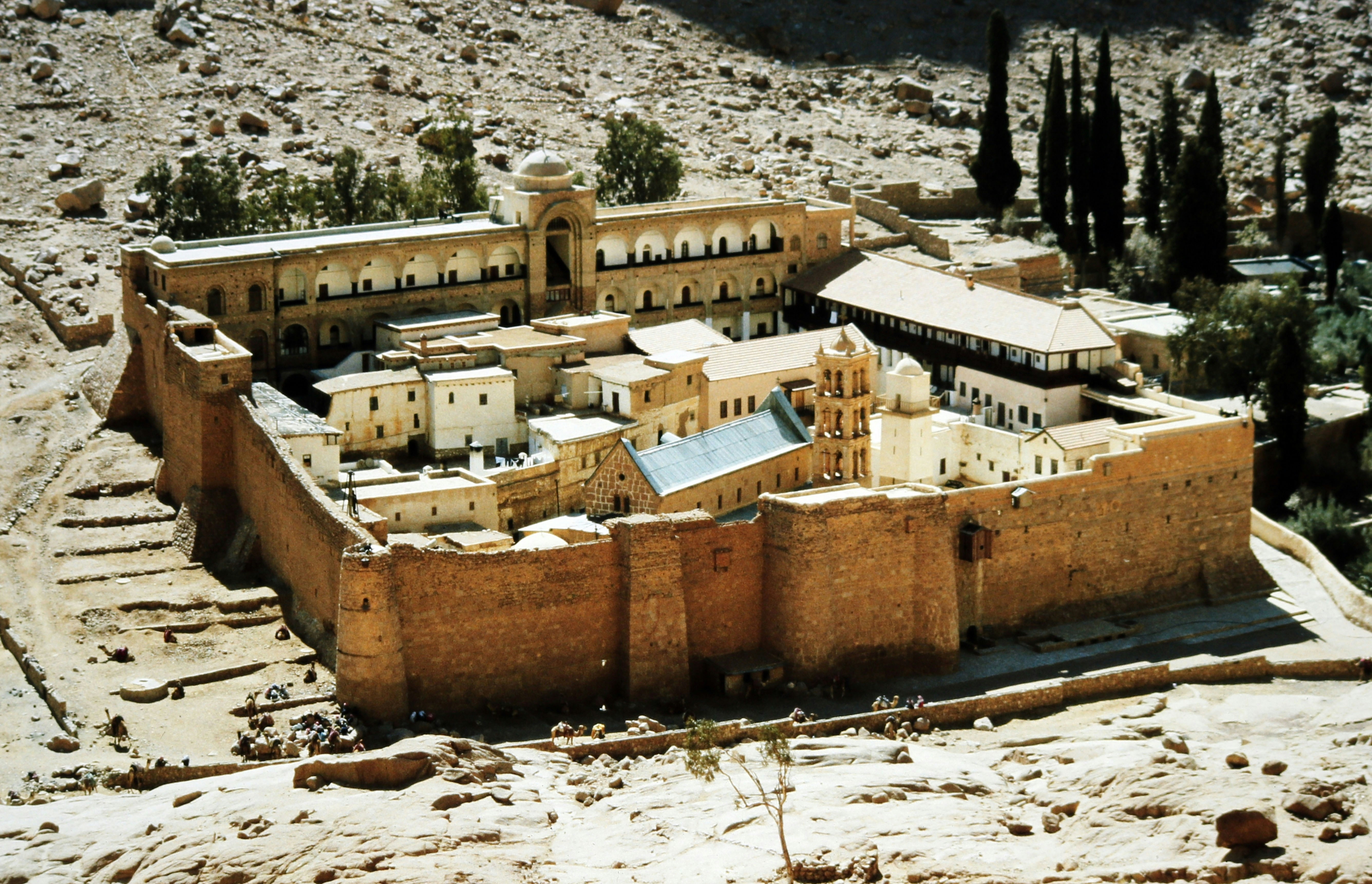Each year, the Berkley Center selects Georgetown juniors who are studying abroad to write blogs on religion, culture, politics, and society in their host countries. This year the RFP collaborated with the Junior Year Abroad Network (JYAN), asking students to comment specifically on issues of religious freedom and religious diversity in their host countries. RFP scholars offered commentary and responses to the students’ observations.
By: Rachel Morota
“Oh, the Old Course? Just turn onto The Scores and keep going straight past Martyr’s Monument and you’ll see it.”
The wind whipped the university tour guide’s voice towards me as I scuttled past the large group of prospective students on my way to the library. As I turned the corner off South Street, I heard her raise her voice to warn her audience, “Careful not to step on the ‘PH’ outside St. Salvador’s Quad! That’s where Patrick Hamilton, the Protestant Reformer, was burned at the stake after being accused of heresy. Legend has it that it’s cursed, and students who step on the symbol will fail their degree.”
At a cursory glance, St. Andrews University may look like a religiously affiliated institution. The ancient Scottish university is set in a small town named after a Christian apostle that used to be the nation’s religious capital. Perhaps because of its unique theological roots, the town boasts at least seven churches along its three main streets and the tiny veins that thread between them, in spite of only having a population of 17,000. Other religious ruins, such as the skeleton of Blackfriars, a Dominican friary, stud the town center and waterfront, reminding those who stroll past of the sectarian strife of the Reformation. The university was founded by an Avignon antipope in the 1400s. The Christian Union is one of the biggest student organizations on campus.
But even though reminders of the Reformation’s sectarian strife may mark the pavements, the classrooms at St Andrews are unadorned by crosses; in spite of its name and origins, the university itself is not religiously affiliated. Interestingly, although Good Friday is a national Bank Holiday, unless they request leave for religious reasons, students at St. Andrews are expected to attend class on the day. Although a couple of my Scottish friends grumble about missing the family feast, most simply brush it off as a minor annoyance. When I asked them whether they celebrated Easter, many responded with, “Not really. I think that I may have been baptized, but I don’t actually attend services—my family isn’t really religious, apart from my grandma who insists on going to church on Easter and Christmas.”
Their opinion reflects the increasing secularization of Scottish society, particularly amongst younger generations. Although Scotland was once one of the more pious regions of the British Isles, recent national polls by the Scottish government indicate the rapid decline in Scots who identify as being religious; between 2001 and 2011, there was an 11 percent decrease in the number of Scots identifying as Christian, while those stating that they had no religion spiked up by 9 percent. Currently, there are more Scots who profess “no religion” than those who belong to the Church of Scotland.
Given how generally disinterested my Scottish friends were with religion, I was surprised at how much the remnants of Christianity continue to permeate Scottish society. All Scottish children learn about the Reformation’s impact on Scotland, regardless of whether they identify with a certain creed. Regardless of their creed, all my Scottish friends express unbridled enthusiasm for Christmas. Many have bought mini trees and flocked to the small Christmas markets popping up around town—the truly dedicated have even ventured to Edinburgh to shop for ornaments. A dreamy look passes their eyes as they describe the traditional roast and crackling fireplace. For them—and many other Scots—Christmas is a cultural rather than a religious affair, a time to celebrate family and friends over a couple of pints, kilted chipolata sausages, and clootie pudding.
In America, I often hear from my Jewish friends that they are “culturally Jewish” but “not religious,” but I rarely hear of my Christian friends identifying in a similar way; the latter tend to practice at least some of the rituals associated with their church. In Scotland, on the other hand, people tend to be more “culturally Christian” than practicing members of doctrine. Despite the trending secularization, because Christianity plays a large role in the nation’s history, many of its traditions have fused into the fabric of its culture—even Scots who consider themselves secular celebrate their patron saint St. Andrews’ Day every November 30. This “cultural Christianity” is not a phenomenon pertaining only to Scotland. Although most Western European countries are becoming less religious, they continue to celebrate their Judeo-Christian roots; even France, renown for banning religious symbols in state schools, sets aside Ascension Day and Assumption Day as national holidays.
So even though students at St. Andrews may not believe in a higher power per se, I expect that they will continue to jump over the cobblestone ‘PH’ symbol on their way to class if they want to graduate on time.
Rachel Morota is an undergraduate student in the School of Foreign Service (class of 2017), majoring in international politics with a concentration in security studies.
This piece was originally posted on the Junior Year Abroad Network blog on December 18, 2015. It was later republished on February 19, 2016 for the Religious Freedom Project at Georgetown’s Berkley Center for Religion, Peace, and World Affairs.
THE RFI BLOG

Is Egypt’s Government Trying To Take Over Christianity’s Most Important Monastery?

Does Southeast Asia Lead the World in Human Flourishing?

RFI Leads Training Session on Religious Freedom Law and Policy for U.S. Army War College

Oral Argument in Charter School Case Highlights Unconstitutional Motives Behind OK Attorney General’s Establishment Clause Claim

Largest Longitudinal Study of Human Flourishing Ever Shows Religion’s Importance
CORNERSTONE FORUM

Reaffirming Religious Freedom: Bridging U.S. Advocacy and Iraq’s Constitutional Framework

Political Polarization, Same-Sex Marriage and Religious Liberty

Bridging the Gap Between International Efforts and Local Realities: Advancing Religious Freedom in the MENA Region

Challenges to Religious Freedom in Iraq and the Critical Need for Action


